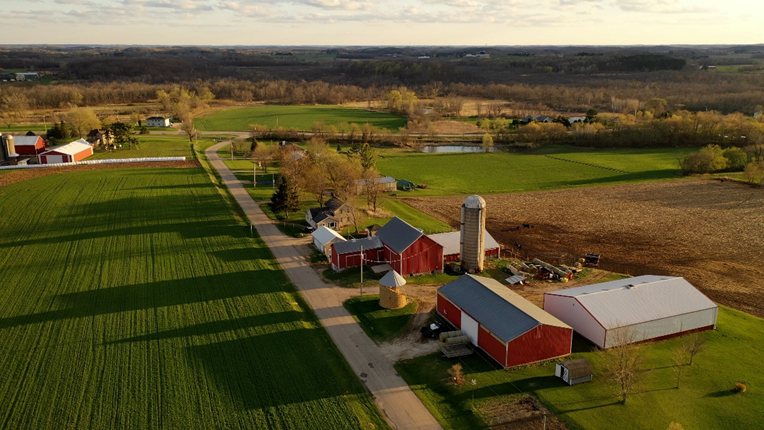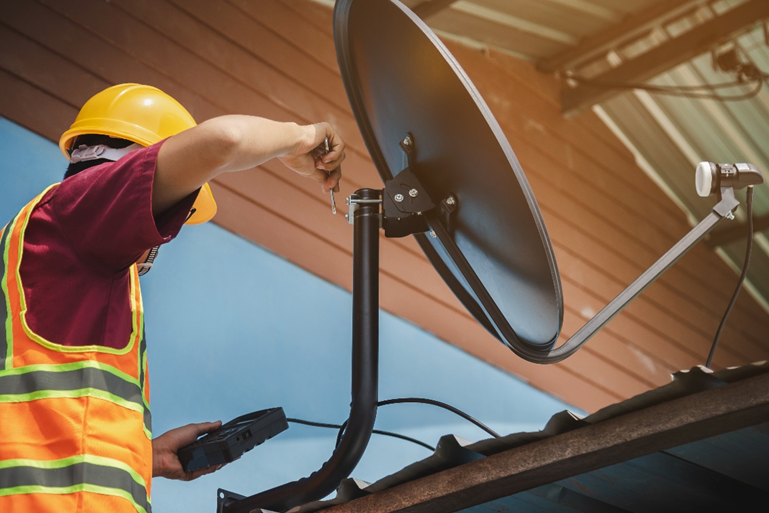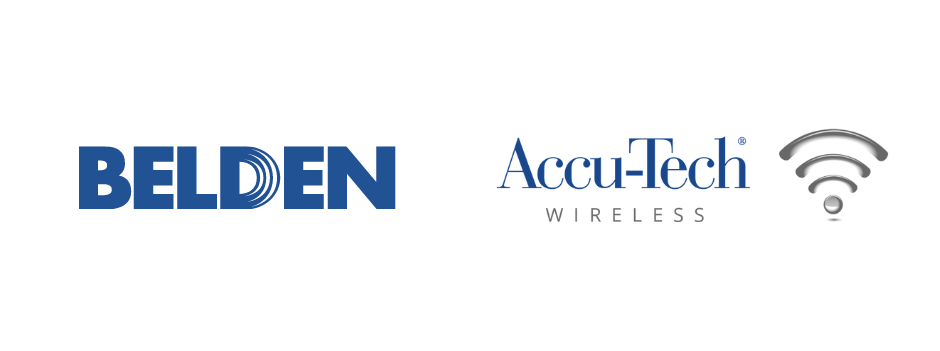The Impact of the Rural Digital Opportunity Fund (RDOF) and Other Initiatives
As someone who was born and raised in Georgia, I've traveled along my fair share of country roads with little to no access to Wi-Fi. As such, I'm familiar with the strategy of typing in the desired destination before leaving the house. Although nearby cities and suburban neighborhoods expand with unlimited wireless connectivity and high-speed internet, our rural counterparts tend to get left behind in the dust.
Rural communities have historically relied on inadequate broadband infrastructure. Amongst the rural population, gaps in age, education, and lifestyle have prevented economic growth, educational opportunities, and access to critical services.
Fortunately, federal initiatives such as the Rural Digital Opportunity Fund (RDOF) are being implemented to empower rural communities with reliable digital access. In this blog, we'll explore how RDOF and other programs function together in order to bridge the connectivity gap in rural America.

What is RDOF?
To address connectivity disparities across America, the Federal Communications Commission (FCC) introduced the Rural Digital Opportunity Fund (RDOF) in 2019. This multi-billion-dollar program aims to support the expansion of broadband infrastructure in rural areas, with their initiative promising to deliver high-speed internet to millions of households and businesses nationwide.
How Does RDOF Work?
RDOF operates through a competitive bidding process. Internet service providers (ISPs) can participate in auctions to secure funding for deploying broadband networks in specific geographic areas. The funding is granted to the ISPs that commit to provide the highest-quality services at the most reasonable cost, ensuring that the needs of rural communities are prioritized.

The Impact of RDOF
By connecting rural regions with high-speed internet, RDOF benefits various sectors, including:
-
Education
-
Students in rural schools gain access to online resources, distance learning opportunities, and digital tools that enhance their educational experience.
-
-
Healthcare
-
Telemedicine becomes more viable, allowing rural residents to receive remote medical consultations, diagnoses, and treatment, thereby improving healthcare access and outcomes.
-
-
Economic Growth
-
With increased connectivity, small businesses, and entrepreneurs can flourish, creating job opportunities and stimulating local economies.
-
-
Agriculture
-
Precision farming techniques and IoT applications become feasible, optimizing crop yields and enhancing sustainability in agriculture.
-
-
Public Services
-
Efficient communication channels between local governments and residents are established, facilitating emergency services, public safety, and disaster response.
-
Other Initiatives
RDOF is just one of the puzzle pieces. There are several other federal, state, and private initiatives that complement the effort to expand rural broadband access, including:
-
State-funded projects
-
Public-private partnerships
-
Grants to encourage ISPs to invest in hard-to-reach areas
There are challenges, too, of course. Terrain complexities, deployment costs, and regulatory hurdles are just to name a few; however, stakeholders are overcoming obstacles with innovative solutions, such as satellite and fixed wireless technologies.
With the help of RDOF and other initiatives, the prospects of rural America don't look so bad. By embracing these initiatives and continuing to innovate, we can break down unnecessary barriers, empower communities, and bridge the connectivity gap to ensure that every American, regardless of their location, can participate in today's digital revolution. The road to a fully connected rural America may seem long, but the directions are plugged in, the journey has begun, and the future looks promising.

Curious to learn more? Read the original blog post here, or contact your local Accu-Tech Representative to discuss how you can integrate Belden Wireless Solutions into your local rural community.


.png?width=58&height=58&name=X_logo_2023_(white).png)
